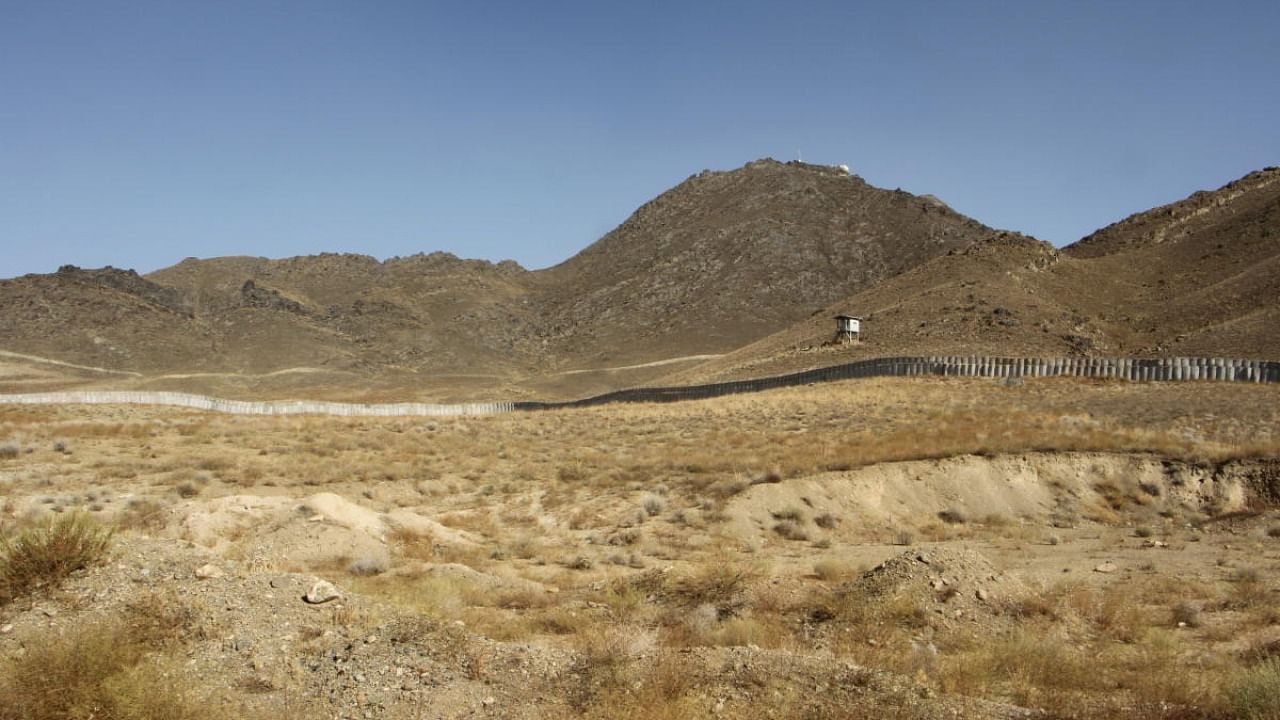
The geopolitical location of Afghanistan has been the focal point of Great Power rivalries. Beijing has been waiting on the sidelines for long, and perhaps now hopes to fill the power vacuum left behind by the United States (US). China has come a long way since the 1990s, when it extended support to the anti-Taliban Northern Alliance. Of late, China’s strategy towards the Taliban was to start warming up to it even before the US formally withdrew from Afghanistan. Beijing did not get embroiled in counter-insurgency operations on the Taliban. Rather, it adopted a hedging strategy. Chinese leaders have consistently pointed out that they respect Afghanistan’s territorial sovereignty and integrity and believe in a policy of non-interference in its internal affairs. After two decades of involvement in Afghanistan’s affairs, the US has called it quits. China’s strategy at this point seems to be the following.
Beijing is keen to avoid a civil insurgency and war in Afghanistan to the extent that it adversely affects its interests in the Xinjiang province. Moreover, China is conscious of the potential backlash from the Taliban for its treatment of the Muslim Uighurs. Chinese officials have demolished mosques and set up ‘re-education’ camps to ‘reform’ the Uighurs so that they can contribute to the ‘motherland’. China even began to engage the Taliban to ensure that they do not cooperate with their Uighur counterparts. Needless to say, Beijing has the wherewithal, politically and otherwise, to crack down on any such possibility, too.
China has been worried about the role of the Turkistan Islamic movement which has been pushing the cause of an independent Xinjiang state. Uighur militants with combat experience in Syria are another cause for worry for Beijing. China could also take Russia’s assistance to prevent the Islamic State from developing leverage and influence in the Central Asian region. Moscow has clearly increased its military presence in the region.
The importance of the Russia-backed Collective Security Treaty and the Chinese-backed Shanghai Cooperation Organisation, of which India is a member, will be critically important in this context. Moscow and Beijing are aligned more than ever before. Beijing is also keen to see how it could promote intra-Afghan dialogue. Hence, Beijing seems to be falling back on Moscow, Islamabad, and Tehran too, to facilitate this process.
Similarly, Iran also seems to perceive an Afghanistan under the Taliban as both a threat as well as an opportunity. Tehran’s interest in the Afghan and Central Asian markets is quite evident. Needless to say, it has been interested in promoting Shia ideology, too. Iran has always desired a diminished US role in the region.
Under the Belt and Road Initiative (BRI), both Afghanistan and China already have mutual interests and ongoing dialogues. China and Afghanistan share a narrow border high in the Wakhan Valley. Whether to reconnect Afghanistan with China by linking the 50-km distance from Bazai Gonbad with the Wakjhir Pass is something the Taliban will have to decide. This is a project which was being financed by the former Karzai government. As far as China is concerned, connectivity holds out opportunities as well as risks. It’s for China also to take a call on this. Beijing is Kabul’s second-largest trading partner. Hence the Sino-Afghanistan Special Railway Transportation Project could be a flagship project in the days to come. Connecting Afghanistan to the CPEC through Pakistan could make a difference to Afghanistan’s fortunes, too.
One strategy of China would be to offer the new Taliban regime a variety of economic sops to stabilise the situation and build bridges. Beijing is bound to throw carrots at the Taliban in the form of a variety of infrastructure projects and other possibilities for investments. Chinese Foreign Minister Wang Yi has consistently spoken about the need for communication and cooperation between China, Pakistan and Afghanistan.
China also wants to exploit the rich rare-earths deposits of Afghanistan. This has been a long-standing goal of China, which seems achievable now, given that China will be one of the few countries to have diplomatic engagement with the Taliban regime. Estimates suggest that its potential is almost $3 trillion. Afghanistan possesses huge resources that are waiting to be exploited — copper, iron, mercury, gold, cobalt, thorium, lithium, and coal and gas. Even before the Taliban rode into Kabul, Beijing had been negotiating with the Taliban to invest in Afghanistan’s infrastructure through BRI. China seeks to establish one of the largest copper mines in the world.
Key issues of the future will revolve around the evolving equations — China-Pakistan, China-Russia and Afghanistan-Pakistan relations. The future is full of potential opportunities and challenges for each one of these actors. These evolving geopolitical equations have already created turbulence in the Indo-Pacific region, which impacts India’s interests. Until recently, India’s strategy was to focus on the reconstruction of Afghanistan.
Beijing will be conscious of the challenges and opportunities that a Taliban regime in Afghanistan holds out. It will be keen to ensure that it learns from the experiences of the US and Russia in Afghanistan. All seems set for China to fill the void in Afghanistan. Yet, the Chinese are known to hold their diplomatic cards close to their chest. As a geopolitical strategist recently commented, the Chinese are more vicious and have a better chance of achieving their goals in Afghanistan. It does not mean they will necessarily succeed, but just that they may take a longer time to fail. Whether China will get trapped in the ‘graveyard of empires’ called Afghanistan, only time will tell.
(The writer is professor, Department of International Studies, Politics and History, Christ (Deemed to be) University.)